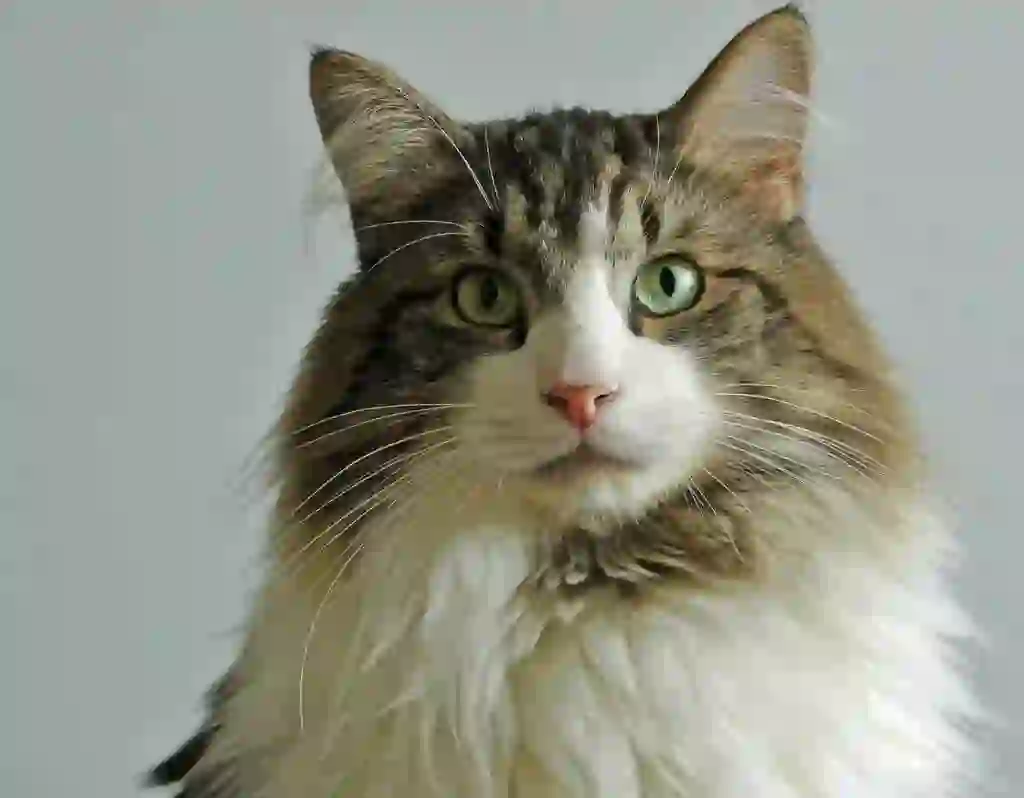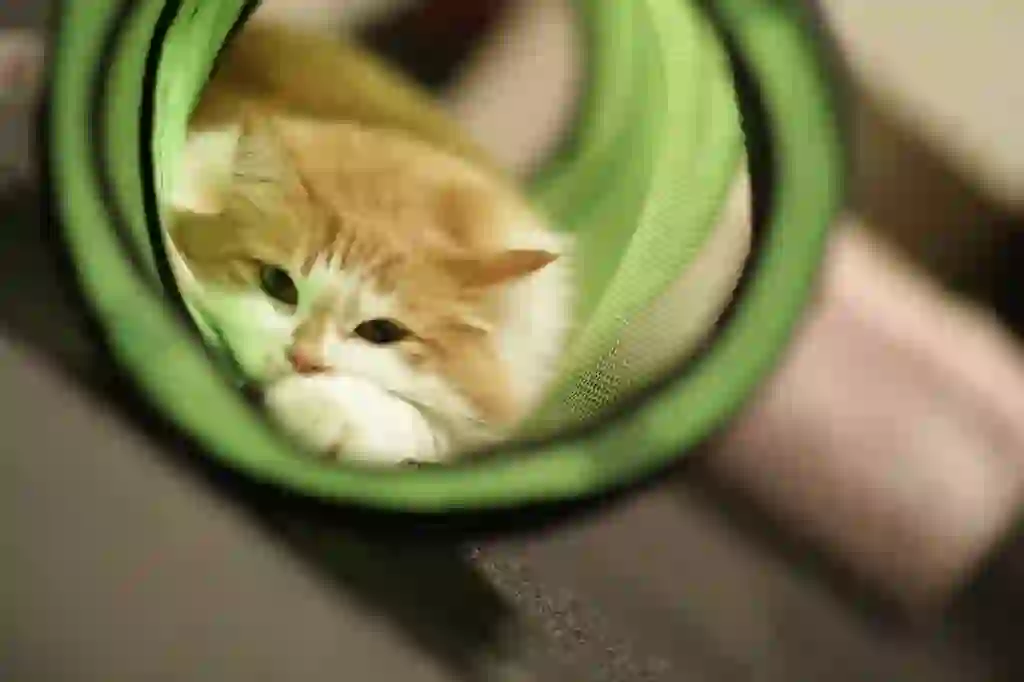
Norwegian Forest Cat
Norwegian Forest Cat
Norwegian Forest Cat
Now, here’s a quiz. What is the name of the cat that is also called the “fairy living in the forest”? The correct answer is “Norwegian Forest Cat”! It’s becoming more and more popular in Japan these days, so some of you may have seen it before. Would you like to explore the hidden secrets of Norwegian Forest Cats, which are large cat breeds like Maine Coons and Siberians?
Norwegian Forest Cat Basic Infomation
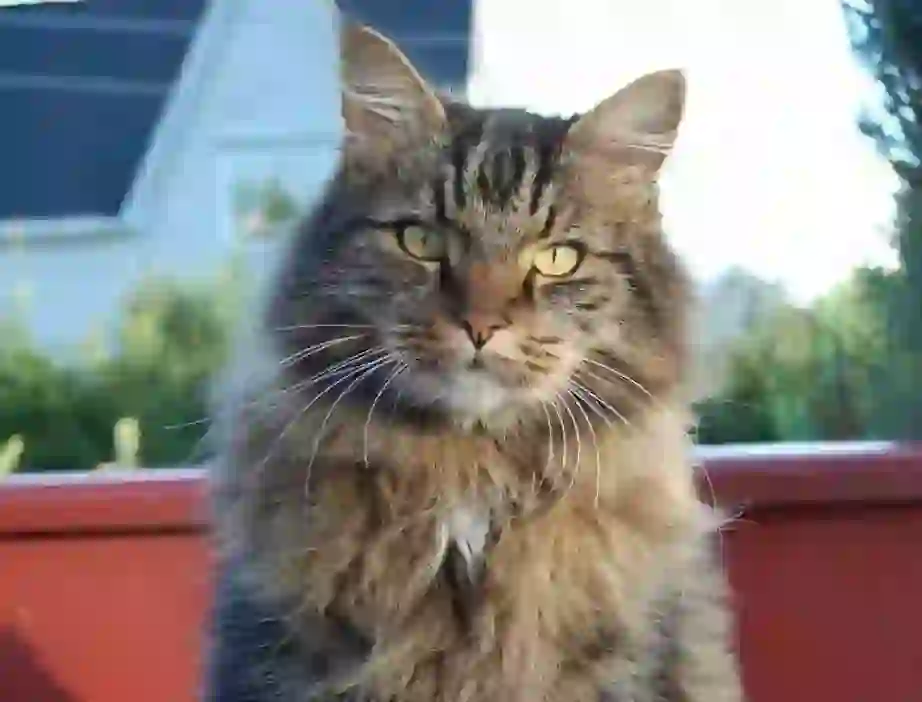
Country of origin Norway.
Length: about 40cm.
Weight male: 3.5-6.5kg female: 3.5-5.5kg.
Norwegian Forest Cats are cats that were born naturally in the forest. In ancient times, it is said that a short-haired cat breed called “Skogkatt” that came with the Romans invading Europe evolved into a long-haired breed in the extreme cold. Another theory is that pirates brought cats from Turkey and settled in Norway.
In addition, they are also known as cats that pulled the sled of the goddess Freya in Norse mythology. In any case, the clear birth story is still unknown.
After they began to interact with humans, they were treated as cats for catching mice. At the same time, crossbreeding with indigenous cats also occurred. Cat lovers felt a sense of crisis, saying, “If this continues, this purebred cat may disappear.” Therefore, breeding was started to protect the breed that was still called Skogkatt at that time.
However, protection activities stopped due to World War II, and they were once threatened with extinction. After the war ended, breeders gathered again and resumed protection activities. In 1975, the “Norwegian Forest Cat Club” was established, and this was the beginning of an increase in the popularity of Norwegian Forest Cats.
In 1977, it was registered by a European cat pedigree registration organization and went to America in 1979. Then in 1993, it was officially recognized as a breed by “CFA.”
By the way, since the official name is long, it is called “Noru” in Japan and is affectionately known as “Weggie” in English.
Norwegian Forest Cat Q&A

Where does Norwegian Forest Cat get its name?
The Norwegian Forest Cat was named after being born in the forest of Norway.
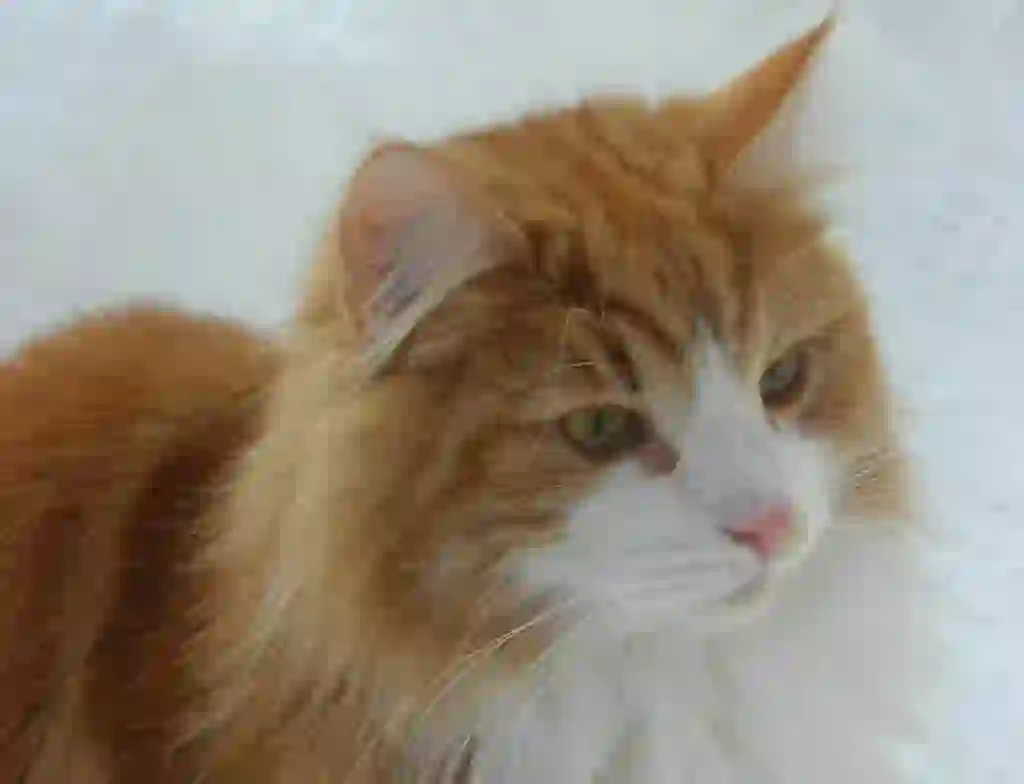
What are the color variations of the Norwegian Forest Cat?
They come in blue, black, white, red, cream, cinnamon, and fawn.
・Solid color. The entire body is monochrome, including the face, body, legs, and tail.
・Tabby. There are stripes or spots all over the body.
・Silver & Golden. Only the tips of the hair are colored, and the roots are white or light-colored.
・Smoke & Shaded. The tips of the overcoat are colored, and the remaining half is white.
・Party color. Two colors of hair are randomly mixed.
・Calico & Bicolor. Half or one-third of the body is white, and the rest is composed of two or more colors of hair.
・Tabby & White. Half or one-third of the body is white, and the rest is composed of stripes or spots.
They come in blue, gold, green, copper, and odd-eyed colors.
Norwegian Forest Cats are only long-haired breeds.

What does a Norwegian Forest Cat look like?
The Norwegian Forest Cat has an inverted triangular head and almond-shaped, large, slanted eyes. They have large ears and a long and substantial body type. They are muscular and have a sturdy body.
They are covered with voluminous fur all over their body, which is said to be a feature that protects them from the cold. Especially around the neck, they have long hair that looks like a bib or Santa Claus. They also have long tufts of hair called “tufts” on the inside of their ears and between their toes, and their fluffy tails are also charming.
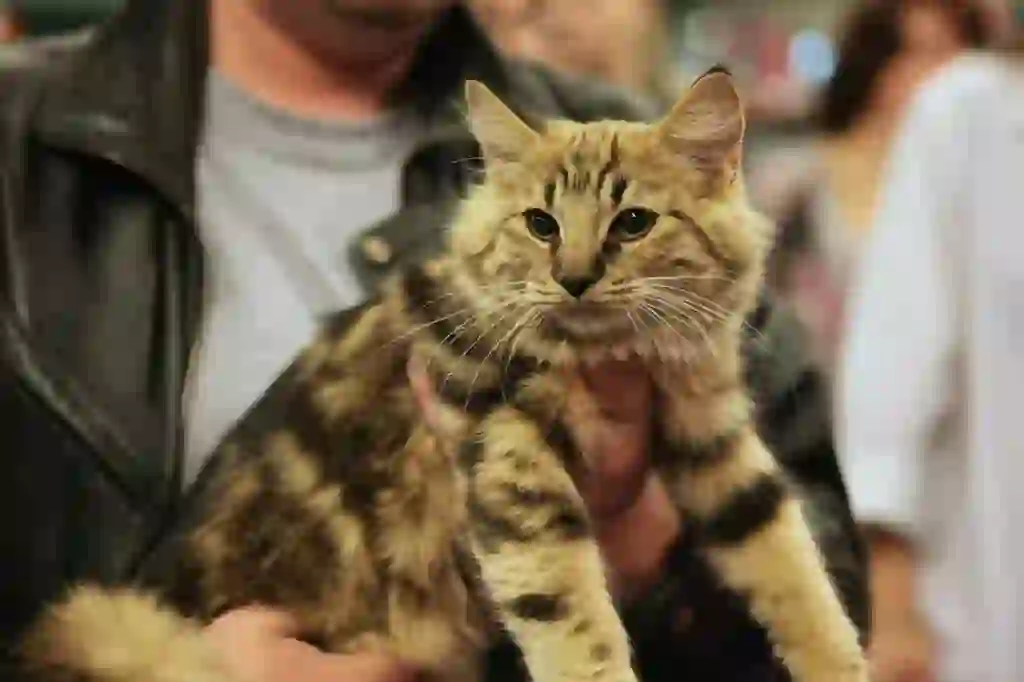
Is it true that Norwegian forest cats grow slowly?
To answer your question, it’s true. Normally, cats become adults after about a year and do not grow much larger than that. However, in the case of large cats such as Norwegian Forest Cats, it seems to take about 3-4 years to grow completely.
It is still unclear why only large cats have this growth speed. By the way, breeds such as Siberians and Maine Coons also take their time to grow.
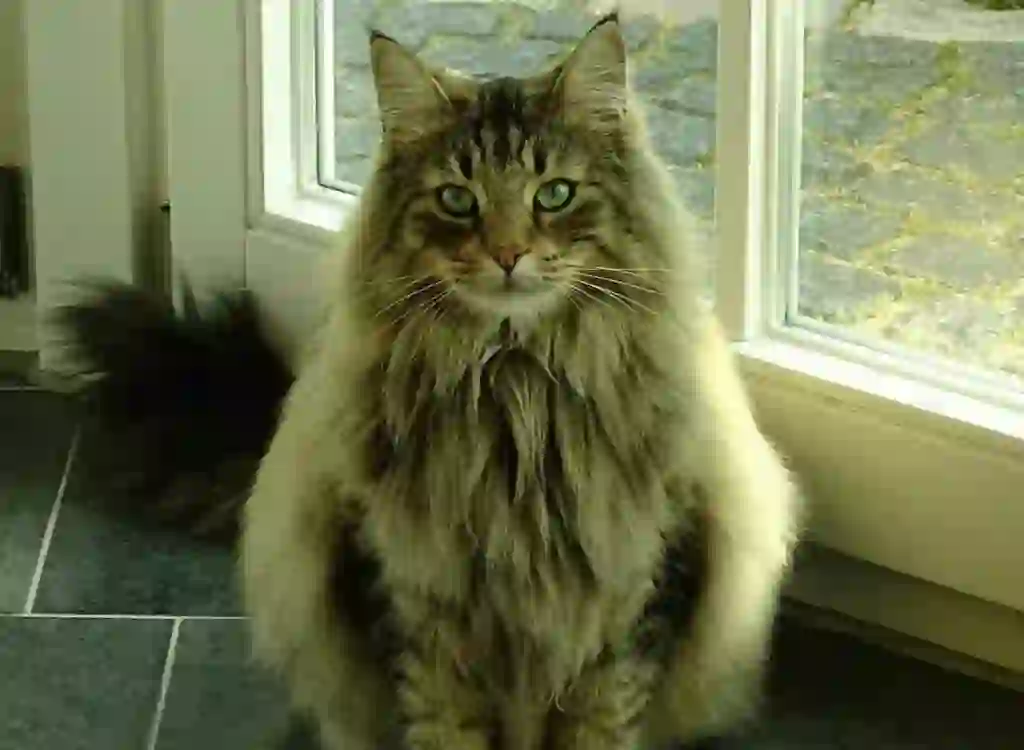
How much does it cost to buy a Norwegian Forest Cat?
When keeping animals, it is necessary to follow the laws established by each country. This time, I will talk about keeping Norwegian Forest Cats at home in Japan. If you purchase from a breeder or cattery, it will cost about 150,000 to 300,000 yen. The advantage is that you can check points such as what kind of environment they grew up in and what kind of cats their parents are. Also, since the reliability depends on the personality of the breeder, it is recommended to make a reservation and visit after that.
At pet shops, it costs about 200,000 to 300,000 yen. Since there are often labor costs and other maintenance costs, it seems that it is generally more expensive than purchasing from a breeder. However, even with the same breeder, “cattery” is different and requires certification from the pedigree issuing organization “CAF” or “TICA” to be called.
Cats raised in such catteries are relatively expensive, so they may be more expensive than purchasing from a pet shop.
By the way, here are some conditions that cause price differences:
・Being a kitten. ・Having excellent pedigree. ・Having rare colors or patterns.
Although there are other conditions, it seems that prices tend to be high especially when these conditions apply.
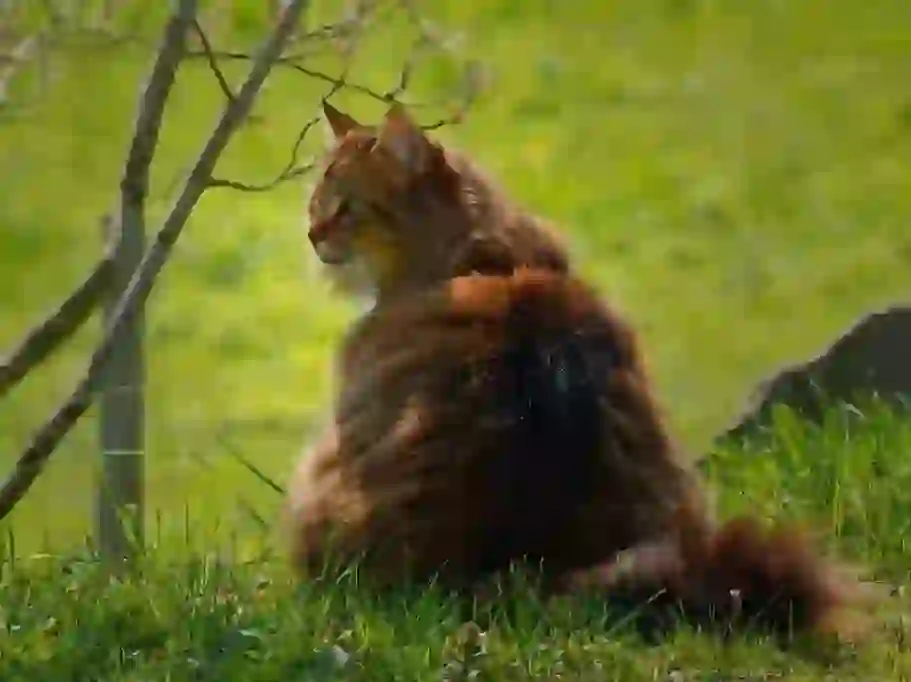
I would like to know more about the Norwegian Forest Cat's personality and characteristics!
Norwegian Forest Cats are gentle and friendly, so they can live with other animals and children. They have a history of living in extremely cold areas, so they are patient and have endurance.
Some cats may not like being teased by small children, but gentle Norwegian Forest Cats are unlikely to get angry. However, if you persistently do something they dislike, they may resist and intimidate you.
Norwegian Forest Cats are good at climbing trees due to their history of living in the forest. They have an active side for a long-haired breed and are known for their love of exercise. It is recommended to place a cat tower that allows them to move up and down instead of climbing trees, which can also help relieve stress.
Males are more affectionate, while females have a calmer personality. However, even though they are affectionate, they do not like to be bothered more than necessary, and this shows their independent personality. However, since there are individual differences in personality, it is best to remember this as a reference only.
The Norwegian Forest Cat has a large and sturdy body, but surprisingly, it has a thin and high-pitched voice. Some people fall in love with this cute gap. ※When keeping animals, it is necessary to follow the laws established by each country.
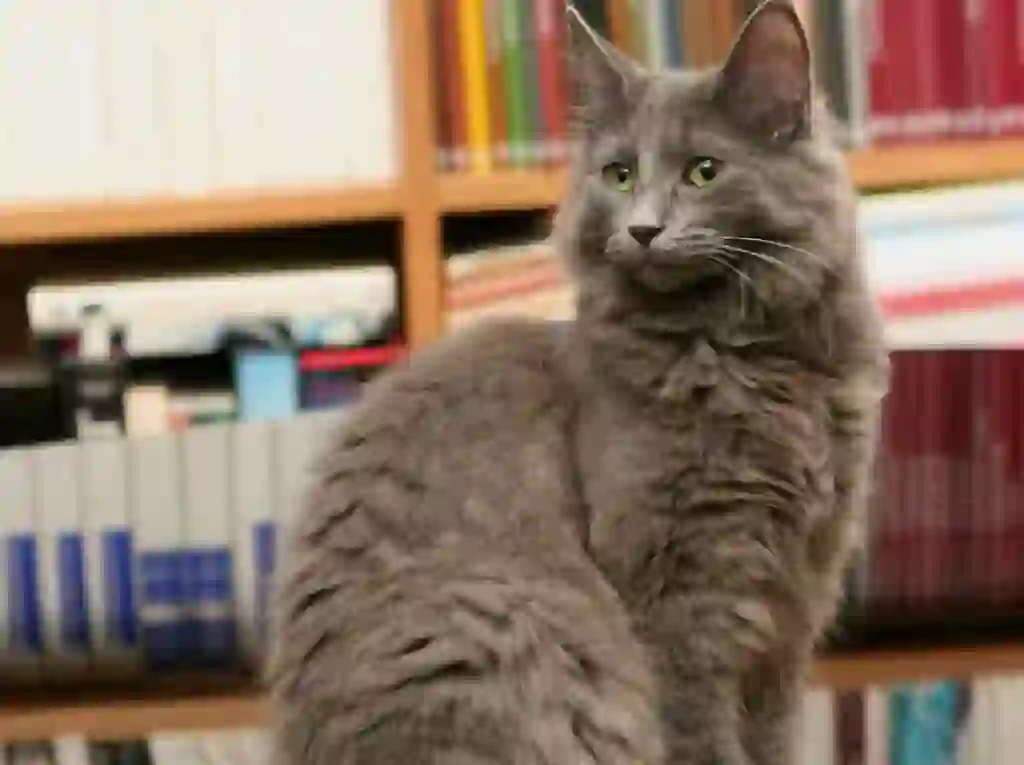
What diseases are Norwegian Forest Cats prone to?
Norwegian Forest Cats are susceptible to diseases such as “hairball disease,” “hypertrophic cardiomyopathy,” and “diabetes.”
Hairball disease is a condition where hair that has been swallowed during grooming accumulates in the digestive organs such as the stomach and intestines, causing symptoms such as vomiting. Normally, swallowed hair is excreted with feces in small amounts, but it becomes difficult to excrete when the amount of hair is large.
As a result, hairballs that cannot be excreted accumulate and can only be vomited. Originally, cats exhibit behavior of vomiting hairballs once a month to several months. This is a phenomenon that can be seen even in healthy cats, so there is no need to worry excessively. However, if you observe that “the frequency of vomiting hairballs has increased” or “the behavior of trying to vomit has increased,” there is a possibility that the cat has hairball disease, so it is better to consult a veterinarian.
Especially long-haired breeds like Norwegian Forest Cats need to be careful because they swallow a lot of hair.
Hairball disease can also be prevented by brushing by the owner. It can also lead to important skinship, so please try to brush regularly. However, some cats may dislike brushing, so it is better to do it little by little while watching their behavior.
It is a disease in which the heart muscle becomes thick, making it difficult for the heart to contract properly. Since it is often caused by heredity, there are no specific preventive measures yet.
Even if there are no noticeable symptoms after the onset, there are cases where blood clots are also present, and in the worst case, death may occur.
So, what should you do to detect the disease early? The conclusion is that regular health checkups are important.
Hypertrophic cardiomyopathy does not have a groundbreaking treatment yet, so complete cure is difficult, but it is possible to slow down the progression of the disease by symptomatic treatment as early as possible.
Norwegian Forest Cats are prone to obesity due to their constitution, which can lead to the development of diabetes. Specific symptoms include suddenly drinking a lot of water and an increase in urination frequency. Furthermore, symptoms such as decreased appetite and vomiting and diarrhea may appear as the disease progresses.
In addition, diabetes can also occur due to heredity or aging. It is difficult to prevent the disease due to congenital reasons, but obesity can be prevented by moderate exercise and dietary management.
It is recommended that you check whether your cat is overweight or not by using “Body Condition Score”, so please check it on a scale from time to time.
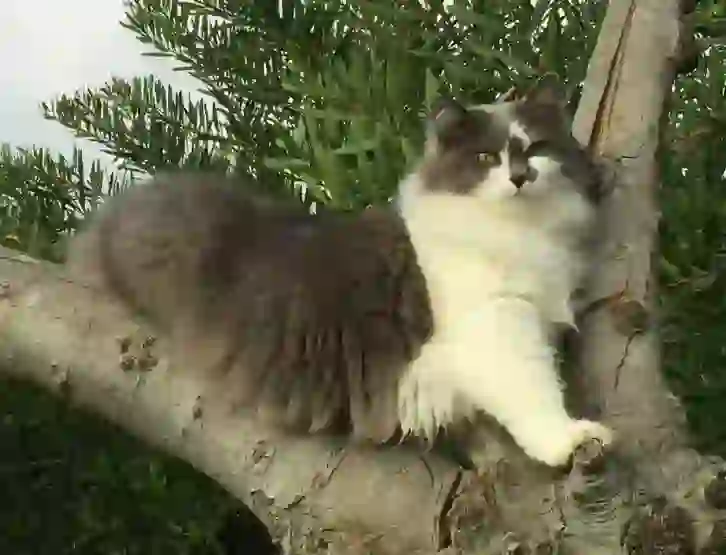
How long does a Norwegian Forest Cat live?
The lifespan of a Norwegian Forest Cat is said to be 11-14 years. The lifespan of a typical cat is 12-16 years, so it can be said to be slightly shorter. However, if you take care to avoid illness and injury, they can live longer.

Would you like to become a part of the 'Animalbook.jp'?
Turn your knowledge into Q&A and share it with the world. ※Publication will be activated after purchase. Let's share information together!
Norwegian Forest Cat Type of List

- Norwegian Forest Cat
Information
Congratulations! You are the first commenter!

Create Your Favorite List!
Norwegian Forest Cat
Save the animals you love! Build your own list to quickly revisit your favorites later.

Would you like to leave a comment?
※Please note: This is for the purchase of rights to post comments within the article.
Find Your Favorites!
Our shop offers a unique and attractive selection of goods themed around various animals.
Norwegian Forest Cat References

- まるごとわかる猫種大図鑑 監修:CFA公認審査員 早田由貴子
- 世界中で愛される美しすぎる猫図鑑 監修 今泉忠明
- The Cat Fancier's Association, Inc. https://cfa.org/norwegian-forest-cat/
- 猫との暮らし大百科 https://www.anicom-sompo.co.jp/nekonoshiori/
- みんなの猫図鑑 https://www.min-nekozukan.com/
- Pet Smile news forネコちゃん http://psnews.jp/cat/
- 子猫のへや https://www.konekono-heya.com/sitemap.html
- ねこちゃんホンポ https://nekochan.jp/
- 公益社団法人 埼玉県獣医師会 https://www.saitama-vma.org/topics/猫の遺伝性疾患について/
Norwegian Forest Cat Introduction of media used

出典:https://commons.wikimedia.org/wiki/File:Truls.jpg

出典:https://pixabay.com/images/id-2751709/

出典:https://pixabay.com/images/id-893550/

出典:https://pixabay.com/images/id-5230960/

Help Enrich Our Animalbook.jp with Your Media!
We are constantly looking to expand and enrich our Animalbook.jp with amazing photos and videos of animals. If you have any media that you'd like to share, please contribute and help us showcase the beauty and diversity of the animal kingdom. Your submissions will be credited and featured in our encyclopedia, reaching a wide audience of animal lovers.
















